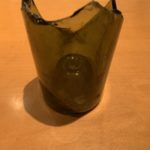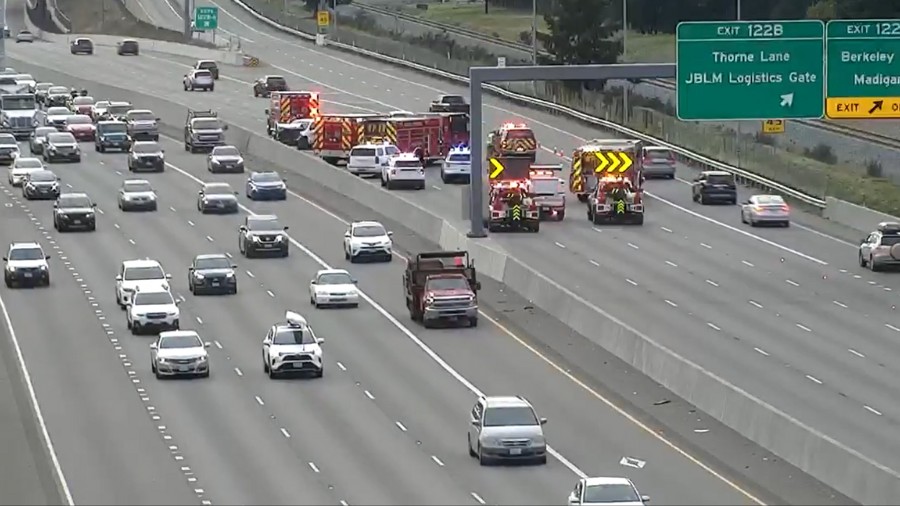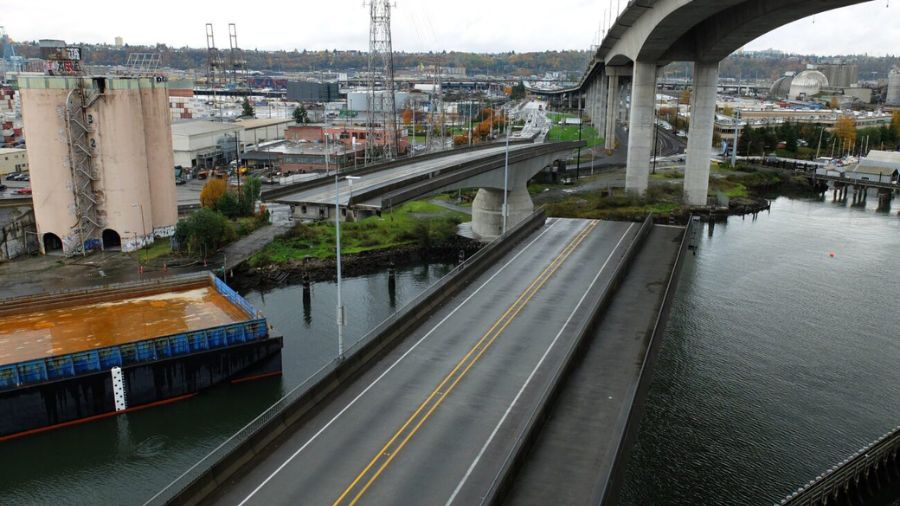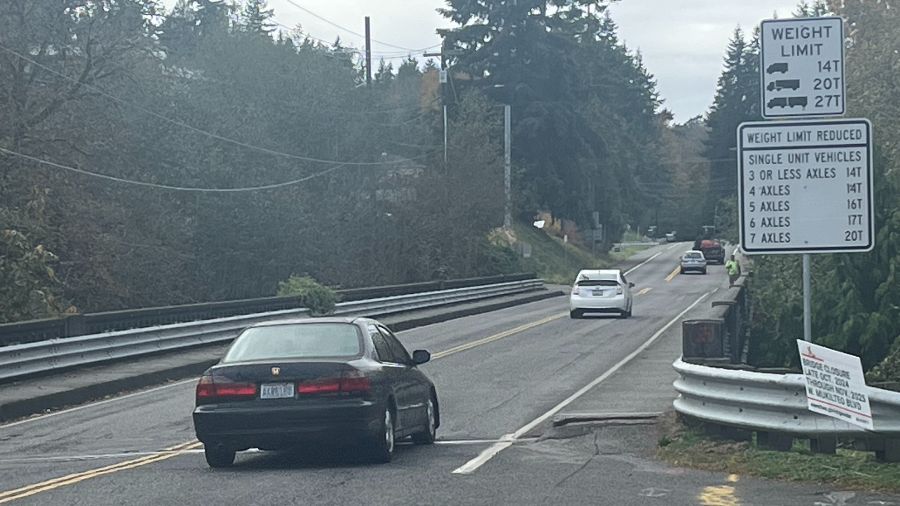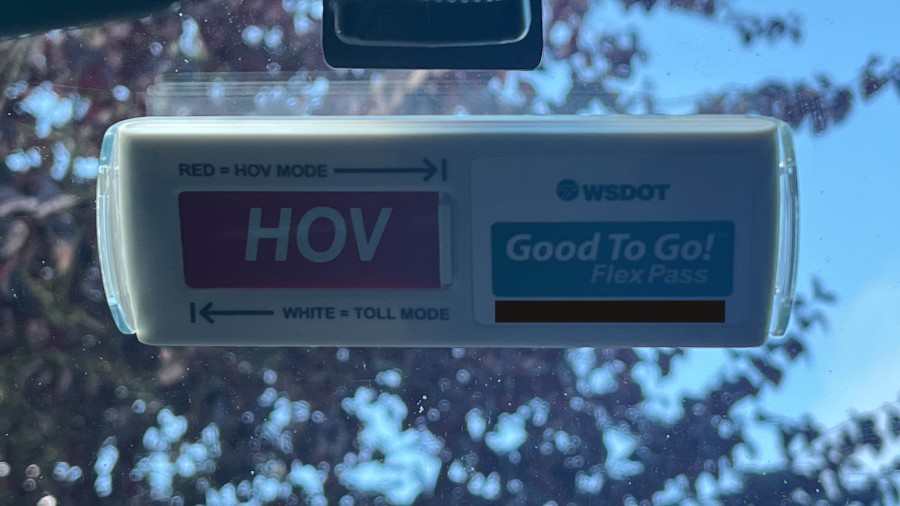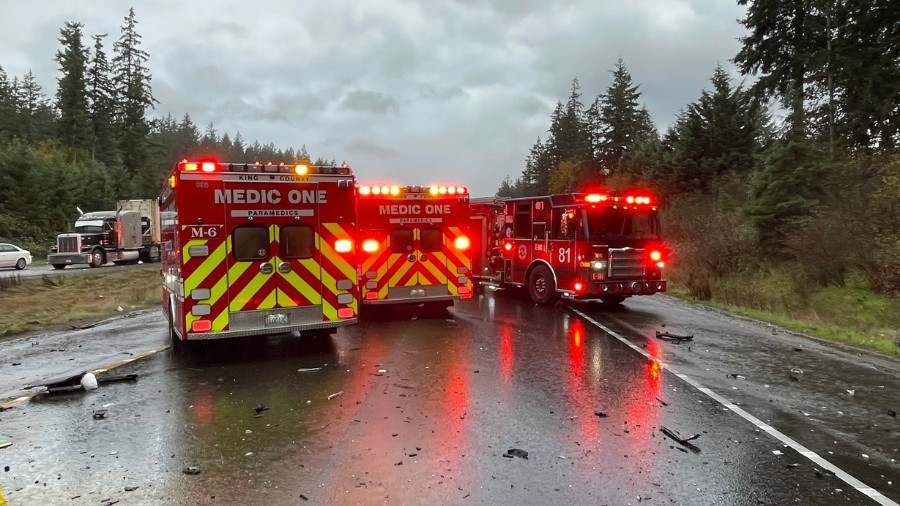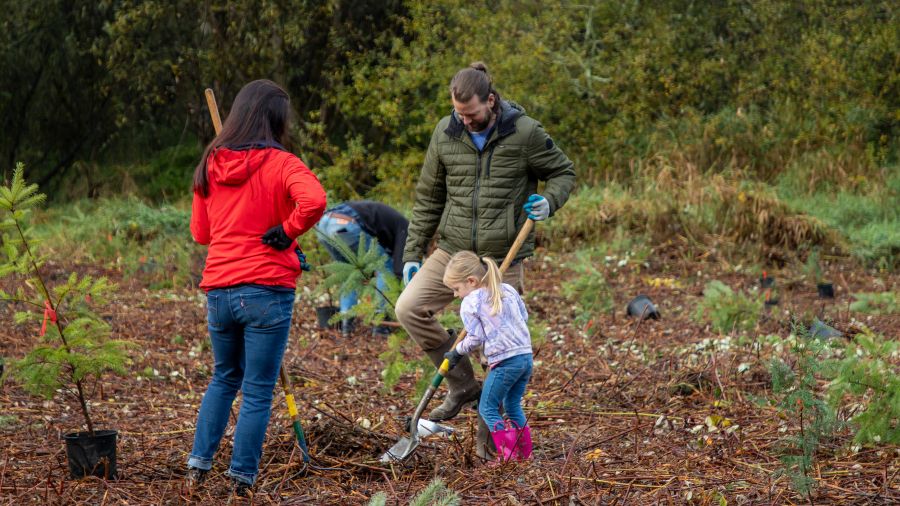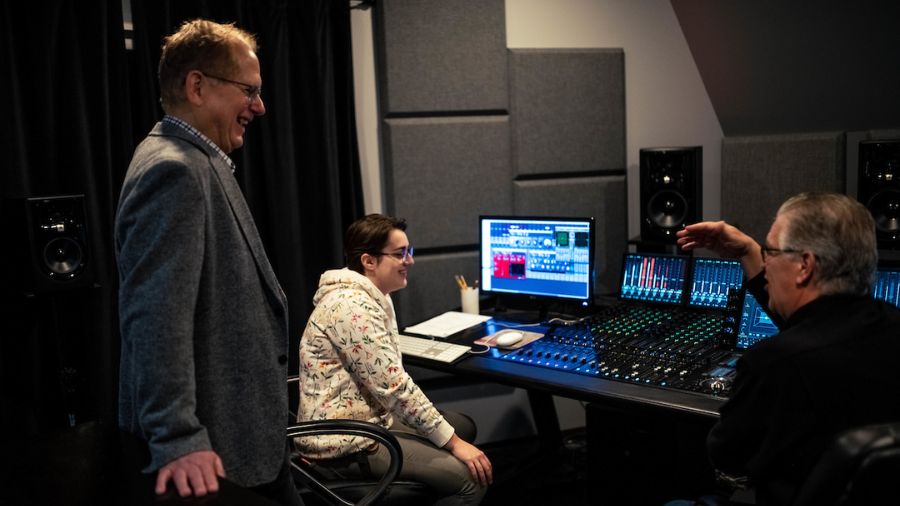Archaeologist finds remnants of old Seattle during viaduct project
Jan 16, 2020, 5:17 AM | Updated: 6:11 am
When you think of the Washington State Department of Transportation, you probably think of roads, bridges, and snow plows.
You might not realize that WSDOT has cultural resource specialist in every region. They are tasked with researching sites of potential projects, looking for possible settlements or other historically important information. It’s part of the environmental review the state does on every project.
“It’s the same thing, like we’re looking at the effects on fish and air quality, we’re looking to make sure we aren’t going to hit archaeological sites, damage historic buildings and making sure that we are protecting the heritage of the people of Washington,” said Cassie Manetas, the specialist for the WSDOT Northwest Region.
It’s her job to research these projects, talk to former residents when she can, and make a plan should the project hit artifacts.
“If you’re in a place that looks like it’s nice to live today, people probably lived there in the past,” Manetas said.
The state thought it might hit historic Seattle settlements when working on the Alaskan Way Viaduct replacement and tunnel project, considering most of that area was originally a tide flat that was built up over time. Manetas said they found one just west of Pioneer Square.
“We found the remnants of that neighborhood, which had been built-up on piers and wharves, and then they came through eventually and filled-in,” she said. “We found a lot of the pilings and decking from the wharves.”
They found plates, dishes, cups, glassware, animal bones, and other items discarded from life on the Seattle waterfront from around 1890 to 1905.
“We had some really interesting opportunities to be able to see how very, very early Seattle was developed,” Manetas said. “Being able to get a glimpse into the lives of these people that aren’t well documented.”
Manetas’ specialty is animal bones, and she could tell a lot by what workers found. She could determine the different cuts of meat being eaten by the neighborhood, providing key information on the socio-economics of the neighborhood.
Workers also found the remains of a retaining wall from the Harrison Street re-grade while working near the tunnel’s north portal. The state thought it was long gone. It wasn’t.
To remind you why this work is so important, you only have to look back 15 years. The state had to abandon a huge project in Port Angeles and eat $87 million when a major 2,700-year-old native settlement was discovered. The state didn’t think it would find anything significant, but a nearly intact village, with hundreds of sets of human remains and complete buildings, was found.
You never know until you dig.
Find more of Sully’s Chokepoints here.





